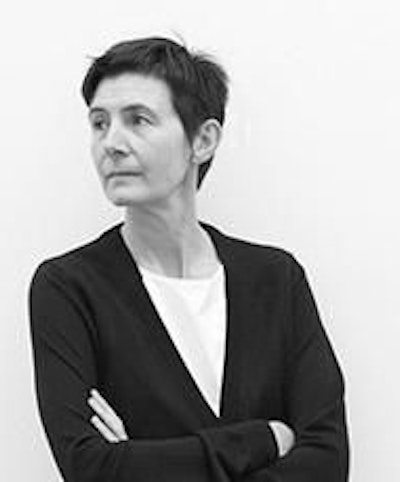
Berlinde De Bruyckere
Berlinde De Bruyckere, (Gand, 1964). Ha sviluppato negli anni una ricerca stilistica inconfondibile, fondata su un’estetica del lacerto che attinge alla mitologia di un corpo posto all’incrocio di molteplici referenti, culturali ed estetici: l’origine fiamminga dell’artista innanzitutto, che si evince nell’attenzione ai dettagli – curati con paziente precisione – e nella ricerca raffinata di materiali duttili e sensuali (cera, pelle di cavallo, coperte, velluti); ma soprattutto nell’universo visionario e surreale di artisti come Hieronymus Bosch, James Ensor, Paul Delvaux. Le sue sculture, evocative nell’uso della cera dell’opera di Medardo Rosso, agiscono a livello fisico sulla “pelle” delle immagini e a livello psichico sulla dimensione del sintomo, fisico e mentale, sulle scaturigini del rimosso. Cresciuta nell’isolamento di un collegio di suore, De Bruyckere è ossessionata dai corpi umani e dalla loro decomposizione, così come dalle immagini di animali squartati, visti da bambina nella macelleria del padre. Stimoli diversi tornano esteticamente trasfigurati in rappresentazioni anatomiche che sono allo stesso tempo seducenti e disturbanti, scandite dalla tensione epidermica di corpi umani emaciati e contratti, stravolti da metamorfosi spiazzanti, privi di ogni caratterizzazione fisiognomica eppure riconoscibili; oppure in carcasse di animali bloccate in pose incongrue ma dal deciso impatto realistico. Qualsiasi soggetto, nella scultura di De Bruyckere, assume una fisicità sinistra e straniante, diviene espressione di una fisiologia allucinata, sospesa tra la vita e la morte. L’artista scava nelle paure ancestrali dell’essere umano, il suo universo è popolato da figure solitarie e fragili che si offrono come metafore della sofferenza somatica e del disagio psicologico. All’inizio degli anni Novanta, De Bruyckere si concentra sull’anatomia umana: sculture di donne, celate da coperte di lana che sembrano rispondere al bisogno di proteggerle. Successivamente, nel vocabolario plastico dell’artista diviene ricorrente l’utilizzo dell’assemblaggio, cucito a mano: nascono una serie di figure antropomorfe, memori dell’approccio esistenziale di Louise Bourgeois.
English
Berlinde De Bruyckere (Ghent, 1964) has developed an unmistakable form of stylistic research over the years, being based on an aesthetic of the fragment that draws on the mythology of a body placed at the intersection of multiple cultural and aesthetic referents. The artist’s Flemish origin, first of all, appears in her concern with detail, presented with meticulous precision, and her refined rendering of supple and sensuous materials (wax, horse hide, blankets, velvets), but most of all in the visionary and surreal universe of artists such as Hieronymus Bosch, James Ensor and Paul Delvaux. Her sculptures, in their use of wax evoking the work of Medardo Rosso, act on the physical level, on the “skin” of the image and the psychic level in the dimension of the symptom, physical and mental, and on the well- springs of repression. Raised in the isolation of a school run by nuns, De Bruyckere is obsessed with human bodies and their decomposition, as well as by the images of slaughtered animals, which she saw as a child in her father’s butcher shop. Various stimuli return aesthetically transfigured in anatomical representations that are both seductive and disturbing, marked by the epidermal tension of emaciated and contracted human bodies, distorted by disquieting metamorphoses, devoid of any physiognomic characterization, yet recognizable, or the carcasses of animals frozen in incongruous poses but with a markedly realistic impact. Every subject, in De Bruyckere’s sculptures, assumes a sinister and alienating physicality, becoming an expression of a hallucinatory physiology, suspended between life and death. The artist delves into the ancestral fears of human beings; her universe is populated by solitary, frail figures presented as metaphors of bodily suffering and psychological distress. In the early 1990s, De Bruyckere focused on the human anatomy: sculptures of women, concealed by woolen blankets that seem to respond to the need to protect them. Subsequently her sculptural vocabulary made recurrent use of hand-sewn assemblages. This gave rise to a series of anthropomorphic figures, reminiscent of the existential approach of Louise Bourgeois.
